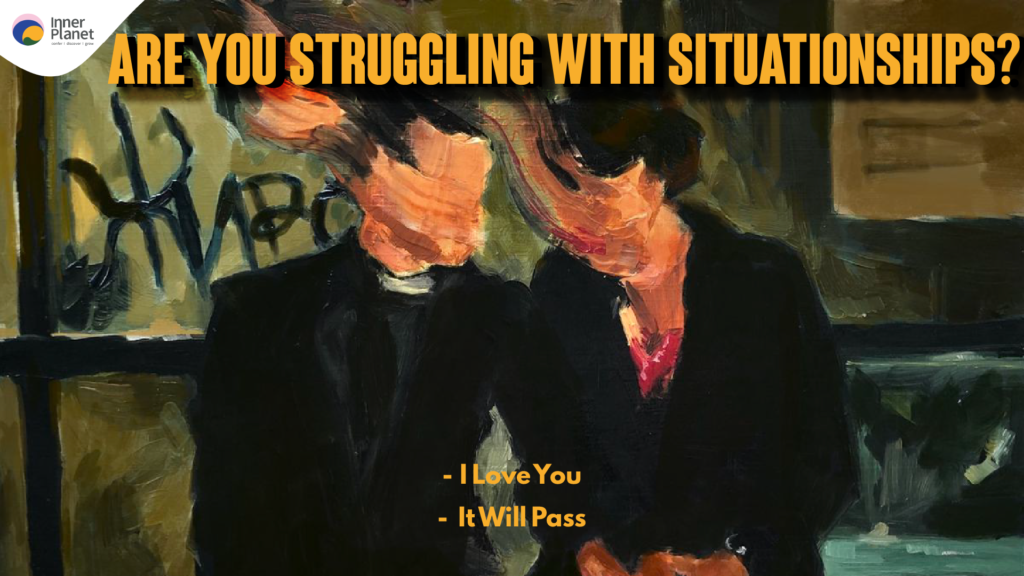Word of the Day – Situationships!
They are the new black, and the new sexy.
For many, they seem like the perfect middle ground—companionship without the pressure of commitment. Yet, they can also leave us feeling adrift, longing for clarity but unsure how to ask for it. If you’ve found yourself in a situationship, you’re not alone. Let’s explore what they are, why they happen, and how they make us feel.
What Are Situationships?
“Situationships have an in-built lack of clarity.”
Situationships exist in the grey zone between committed relationships and one-night stands. They offer just enough connection to feel briefly comforting, yet remain undefined, leaving emotional gaps that can sometimes feel unsettling.
A defining feature of situationships is the absence of “the conversation” where partners define their roles. Interestingly, this lack of clarity is both the appeal and the challenge.
Why Do Situationships Happen?
“It is human to feel fear, but to submit to that fear cages our humanity.”
Situationships often arise from a fear of commitment, unresolved relationship trauma, or societal pressures. Here’s why people lean toward them:
- Fear of Emotional Risk: After experiencing heartbreak, it’s natural to want to protect yourself. Situationships can feel like a safe space where you won’t risk too much emotionally.
- Avoidance of Commitment: Commitments can feel restrictive or intimidating, glamorizing the undefined nature of situationships.
- Past Experiences: Bitter breakups or unrealistic relationship expectations might leave one feeling unsure about what a healthy relationship looks like. Situationships offer the illusion of freedom without the weight of responsibility.
- Exploration: For some, situationships are a way to experiment ethically and discover what they want in a partner.
Why Do Situationships Feel So Confusing?
“Both partners can make up the situationship to be whatever they truly desire.”
The lack of clarity creates an illusion of freedom but also fosters confusion. Here’s why:
- Undefined Expectations: With no clear conversations, each partner is free to project their desires onto the relationship.
- Mixed Signals: Ambiguity often leads to misaligned actions and unmet expectations.
- Temporary Comfort: Situationships can soothe immediate needs for intimacy and connection, but the lack of long-term clarity often leaves lingering doubts.
- Emotional Investment: Despite the casual intent, one or both partners may develop feelings, complicating the dynamic.
The Emotional Toll of Situationships
“Unmet expectations hurt both partners uniquely.”
It’s tough when expectations—spoken or unspoken—don’t align. One may feel hurt by a cancelled “date” or unseen when their efforts go unreciprocated. Situationships, overtime, can therefore lead to emotional exhaustion. Partners may struggle with feelings of rejection, disappointment, or insecurity due to unspoken expectations.
Are Situationships Bad?
No, they’re not inherently bad. Situationships can be an entry point into exploring what you want in a relationship. They can even provide valuable lessons about your needs and boundaries. However, their lack of sustainability often leads to frustration and unmet needs. They may serve as temporary comfort zones but rarely fulfill the deeper connections we crave.
If you’re feeling stuck or unfulfilled in a situationship, it might be worth asking yourself what you truly want. It’s okay to want more. It’s okay to dream of something deeper. And if that feels scary, you don’t have to face it alone. If you need help untangling this web of emotions and exploring healthier relationships, remember: we’re always here for you!


